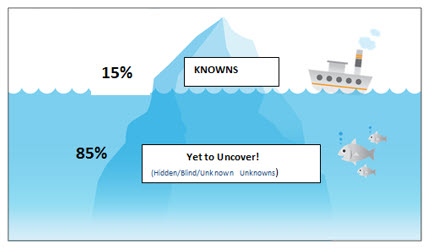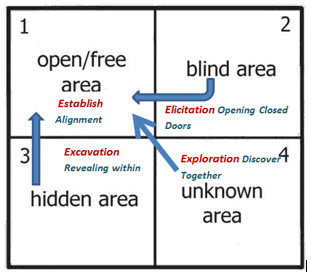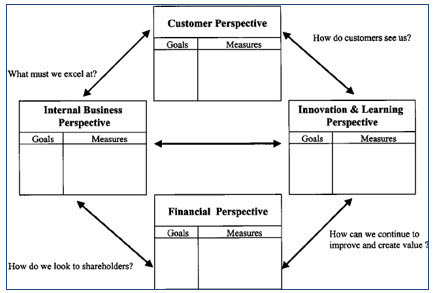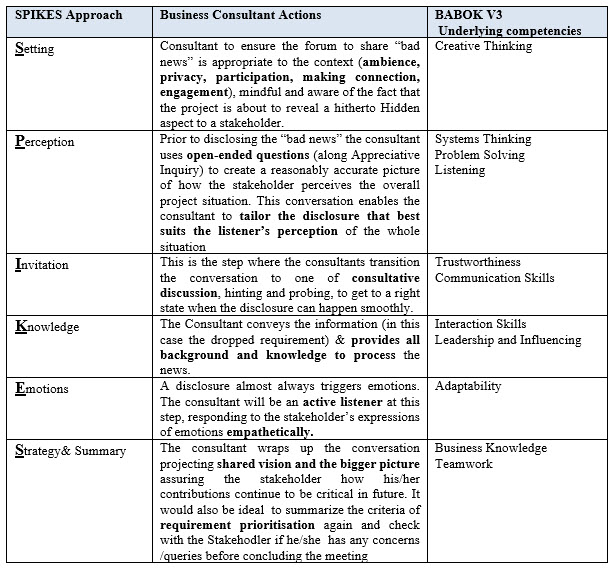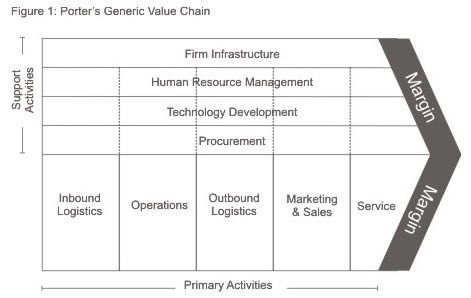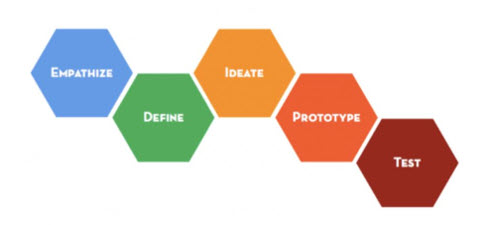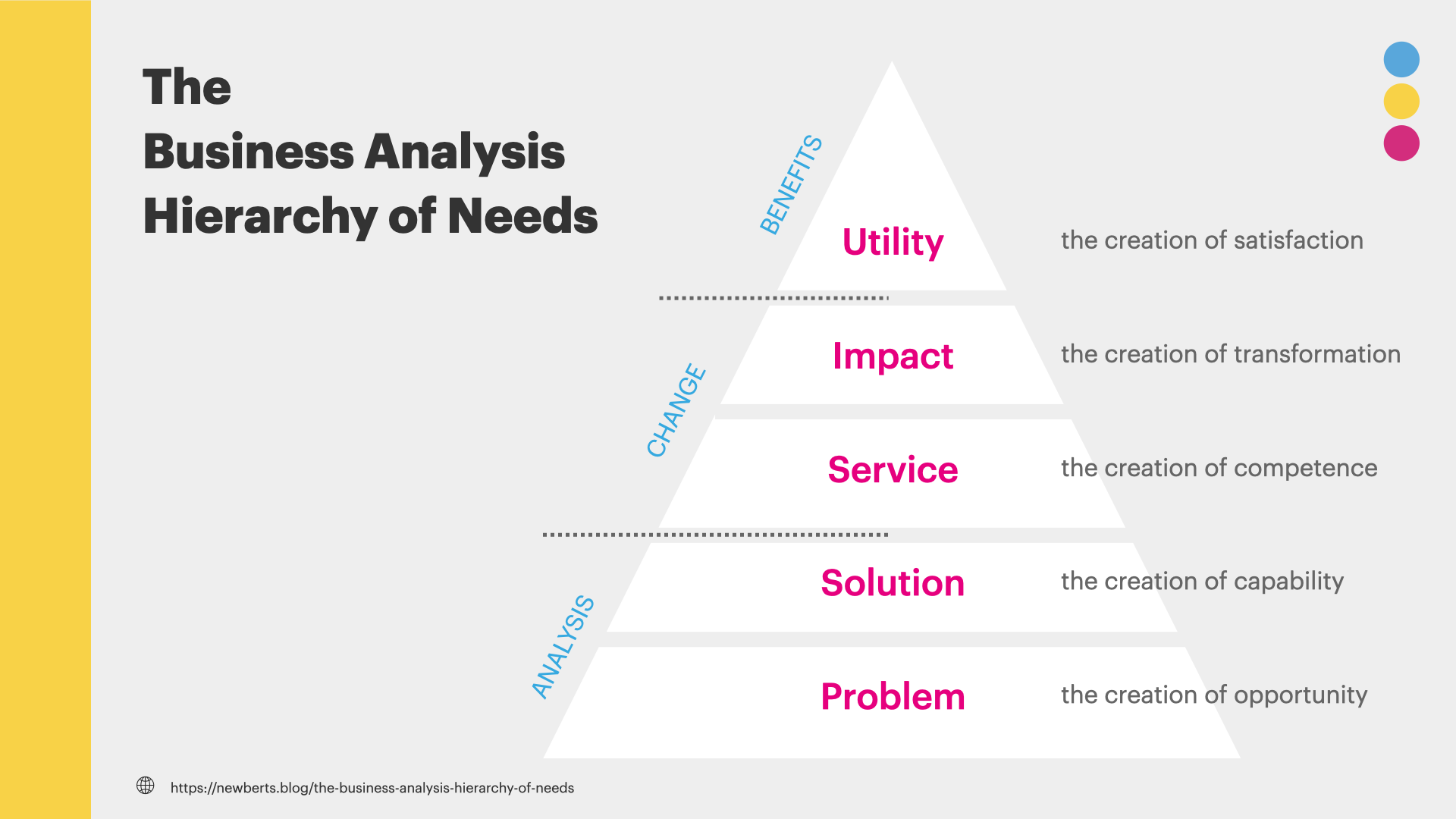Observation of Business Analysis Events in Covid-19 Time
If you use “Business Analyst” as the key word to search people living in Australia on LinkedIn, there are about 325, 000 results.
(1) This is the indication of the scale of BAs (business analysts) Down Under, many of whom have a need to attend professional development events from time to time. Due to the COVID-19 pandemic and disruption, there are a few emerging challenges to the organization of BA events in Australia:
- Government restrictions on public gathering
In New South Wales, the number of persons allowed on premises is no more than 20 to ensure there is at least 4 square metres of space for each person on the premises. (2)
In Victoria, Stay at Home restrictions apply for residents in Metropolitan Melbourne and Mitchell Shire. (3)
The traditional form of hosting events in an indoor venue is no longer feasible under the current climate.
- Loss/reduction of employment in workforce
In Australia, there were huge job losses of 594, 300 jobs in the month of April 2020, (4) while total job vacancies in May 2020 were 129,100, a decrease of 43.2% from February 2020. (5) The same group of people who attended BA events before the pandemic are not immune from this catastrophic job market volatility, and will likely to attend events less often if they job is impacted.
- Work-from-home new norm
Working from home becomes the new norm for IT industries in Australia.
As a result, face-to-face BA events are most likely converted to online events where possible, if not cancelled. Being a proactive member of the BA community, I have been both attending and organising BA events before Covid-19 outbreak. Here are my observations of the trends on physical and online events after the pandemic:
1) Cost
Physical Events
There are a number of factors to consider when it comes to organising a physical event. Venue hire is normally the biggest overhead, followed by catering. For a standard 90-minute event, speaker fee varies between 0 to AUD 1000, with a lot of speakers generally offer their time for free. Depending on if there are volunteers for onsite support, this may be another cost.
Online Events
The cost structure of online events is quite different to physical ones. Online platform cost is the main one, plus online admin & support if you cannot do it yourself. Speaker fee is on more concessional terms than physical events, as the speakers have no need to travel to the venue.
2) Revenue
The income streams for both physical and online events are the same: admission fee and sponsorship.
The unit admission fee is lower for online than physical events. However, the target customer base for online events may be bigger than physical events.
The sponsorship fee, as always, depends on value proposition and negotiation.
3) Decision to attend
Physical Events
The most important matters when I consider if I come to a physical event are the topic of the event and the venue location. Networking opportunities are very attractive to people who have social or career needs. Time and date are also important, that’s why most regular physical events are done on a weekday evening.
Online Events
Considering the virtual nature of online events, there are only 2 aspects for decision making: the topic of the event and the time and date.
The big game changer is that an online event can now target geographically diverse participants. Also people have greater flexibility in arranging their work time during this Covid-19 situation, which means more timeslots have become viable for online events than they used to do.
|
Impacting Factors |
Physical Events |
Physical Events (Covid-19 lockdown) |
Online Events |
Online Events (Covid-19 lockdown) |
|
Cost |
★★★★✩ |
N/A |
★★★★★ |
★★★★★ |
|
Revenue – Admission |
★★★★★ |
N/A |
★★★★★ |
★★★★✩ |
|
Revenue – Sponsorship |
★★★★★ |
N/A |
★★★★★ |
★★★★✩ |
|
Venue Location |
★★★✩✩ |
N/A |
★★★★★ |
★★★★★ |
|
Networking Opportunities |
★★★★★ |
N/A |
★★★✩✩ |
★★★✩✩ |
|
Time and Date |
★★★★✩ |
N/A |
★★★★★ |
★★★★★ |
|
Interest in attending |
★★★★★ |
N/A |
★★★★✩ |
★★★✩✩ |
|
Participant Concentration |
★★★★★ |
N/A |
★★★★✩ |
★★★✩✩ |
4) Challenges and Opportunities
Challenges
Compare to traditional physical events, online BA events are encountering the following challenges:
- Less interest in attending – loss/reduction of employment, financial uncertainty, less disposable spending
- Lower admission fee
- Ticket pre-sale is hard to manage
- Significant change in networking opportunity
- Shorter concentration time
Paying attention without getting distracted is a big challenge.
Less viability for longer (e.g., all-day) events.
- New investment in online event-hosting capability
Platform
Administration: Make-or-buy decision – upskill your team or outsourcing to online experts
- Disrupted sponsorship model
No more coffee pads, lanyards, etc.
Less interest from businesses
Businesses suffering financial loss and uncertainty.
Opportunities
As the other side of the coin, the online events have a few new advantages:
- Access to geographically diverse speakers
- Access to geographically diverse participants – everyone’s “home team”, especially for:
- Rural
- Interstate
- Global
- People with disability
- Removal of venue hire and catering cost
- Easy setup of interactive questions on the spot
- Access to Youtube-like business models
- Scalable
- You can adjust venue capacity as you go. No need to find a new venue/room.
- Events data available right after completion
- Attend/Registration ratio, satisfaction voting on completion, etc
5) Outlook
Before vast majority population in the world are vaccinated, the post-Covid or Covid-normal era is here to stay. With the trend of easing of restrictions in most countries, physical BA events will eventually have its fair share back, as there are benefits of physical events that cannot be backfilled by virtual events. Virtual events, however, will grow its penetration rate without cannibalising into the traditional physical events. Overall BA professionals are likely to spend more time in professional development, thanks to more varieties of BA events on offer. We as the BAs have curious minds and will embrace the chances, as “the only thing constant is change itself”.
Reference:
- LinkedIn, https://www.linkedin.com/search/results/people/?facetGeoRegion=%5B%22au%3A0%22%5D&keywords=business%20analyst&origin=FACETED_SEARCH
- Department of Health, State Government of New South Wales, Australia, https://www.health.nsw.gov.au/Infectious/covid-19/Pages/public-health-orders.aspx#gathering
- Department of Health and Human Services, State Government of Victoria, Australia, https://www.dhhs.vic.gov.au/restrictions-metropolitan-melbourne-and-mitchell-shire-covid-19
- “Australia just lost 600,000 jobs. Economists warn the reality behind that figure is much worse”, Business Insider, https://www.businessinsider.com.au/australian-unemployment-jobs-shutdown-2020-5
- “6354.0 – Job Vacancies, Australia, May 2020”, the Australian Bureau of Statistics, https://www.abs.gov.au/ausstats/abs@.nsf/0/542E47978ED4A955CA2572AC0018067C?Opendocument




